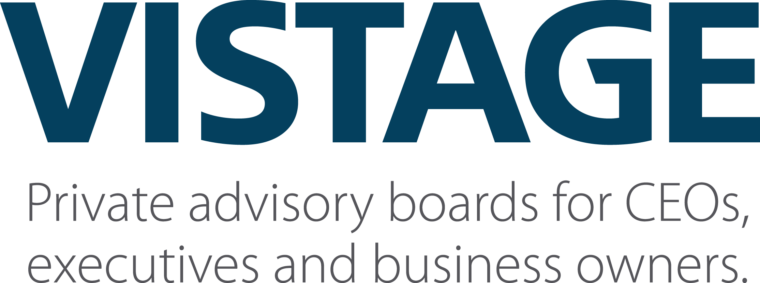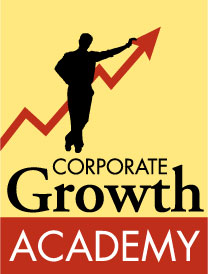
Welcome to the third post in this series of “How To Turn Your Life’s Story Into A Product Line”….and create a revenue stream while helping people. The first two posts were designed to get you to start thinking how you can become an entrepreneur by sharing your EXPERTISE, LIFE’s STORY, EXPERIENCES, PROFESSIONAL TRAINING AND SKILLS. It is very important that you begin to think of developing your own products/services that people are willing to pay for. Don’t forget, there are 3 reasons why people buy. First to gain money, second to save money and the third is to feel good. These are the basic reasons why people buy products. So when you learn how to develop your own products and share life experiences, you can actually help people in those three main areas where they are willing to spend money. People are willing to pay for your experience because it can short cut their learning curve, save them time, money and precious margin and helps them overcome anything! Therefore, making them feel better! And giving them more time to spend on the beach!
But like any business, there are core competencies, processes and infrastructure that need to be put in place to achieve the desired outcomes. This is what I teach people how to do and how to gain more clarity, margin and success in their lives and in their work. So start to think about the presentations that you make at work. What is your expertise? What are your passions? What do you like to talk about daily? What do others say your good at? If people are always coming to you, ask yourself:”Can I turn this into a product or a story to help others succeed? Begin to document what value proposition and value creation you bring to the table. Then start to do some market research to see if there is a market for what products/services you are thinking to develop. Don’t forget, if the market isn’t asking for your product today, it doesn’t necessarily mean there is no potential for your product. However, you also don’t want to spend time developing products that no one is willing to buy as well. So, that is why a little market research in the beginning of your development is critical. I am a certified developer for this product and can help you put together a product that helps you share your message while helping others succeed. Download the Wishlist Blueprint here: (Membership-Site-Blueprint)
And start dreaming of that Life Style that you want while working on the beach!



